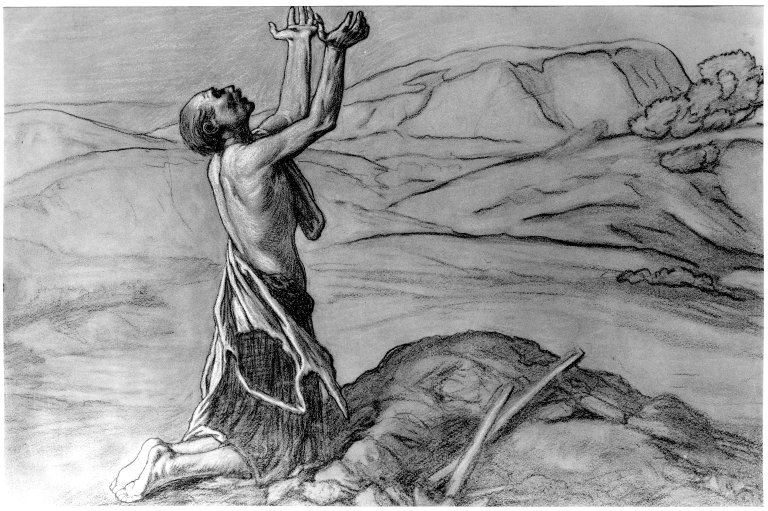
“To pray to God is to flatter oneself that with words one can alter nature.” — Voltaire

“To pray to God is to flatter oneself that with words one can alter nature.” — Voltaire
A play is put on that Mr. Baker wants to see. Tickets cost $10. Consider two situations:
What’s the likelihood in each case that Baker will buy a ticket to see the show?
People tend to say that Mr. Baker won’t buy a ticket in Case 1 but will in Case 2, because they see the loss of the money and the purchase of the ticket as unrelated. But in both cases the net outcome is the same: Baker has lost $10 and still has to spend another $10.
This example was made famous by cognitive psychologist Amos Tversky, who exploded many presumptions about how people make decisions about risks, benefits, and probabilities. “The difference between the two cases is due to a psychological bias, which is known as ‘mental budget allocation,'” explains Massimo Piattelli-Palmarini in Inevitable Illusions (1994). “As cognitive scientists and economists who study the psychological foundations of negotiation well know — as does (at least implicitly) anyone used to making deals — all of us have a resistance to ‘overspend’ a certain particular budget. In this case, the ticket budget would be overspent by Baker in the first scenario, but not in the second.” It’s a bias, but it seems so natural that many of us tend to overlook it.

In 1670, Louis XIV’s finance minister, Jean-Baptiste Colbert, ordered the planting of the Forest of Tronçais to provide masts for the French navy 200 years hence. His order established one of the principal stands of oaks in Europe, carefully interplanted with beeches and larches to encourage them to grow straight, tall, and free of knots.
By the time they matured, in the 19th century, they were no longer necessary. Historian Fernand Braudel wrote, “Colbert had thought of everything except the steamship.”
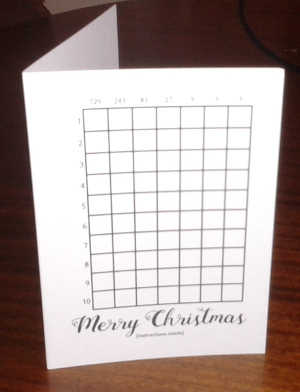
University College London mathematician Matthew Scroggs has created a mathematical Christmas card for Chalkdust magazine.
Solve 10 puzzles, convert the answers to base 3, write them in the grid, and color them accordingly to reveal a Christmassy picture.
He’s provided both a PDF and an online version that will color the squares for you.
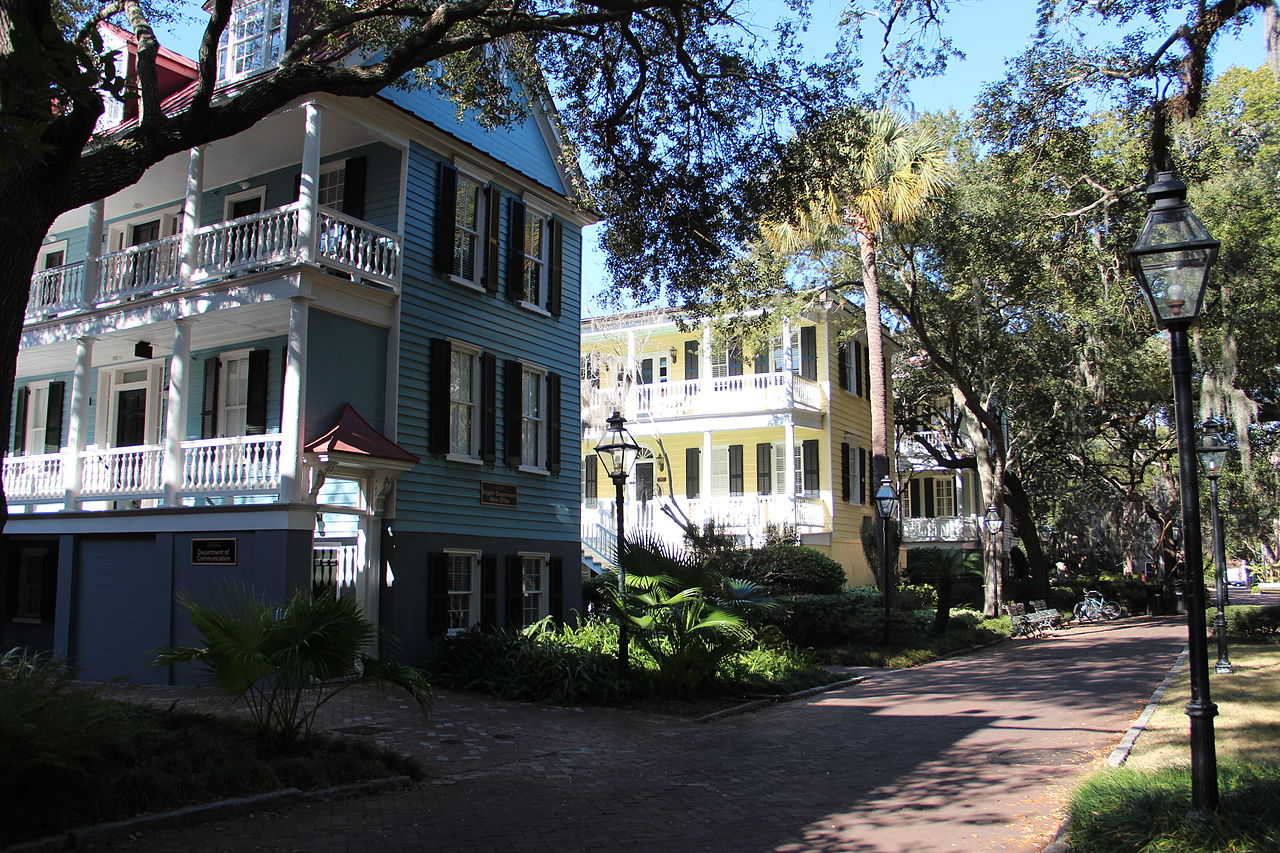
While writing for the Charleston News and Courier, journalist Frank Gilbreth Jr. made a study of the local language. “Although, as everyone knows, Charlestonians speak perfect English,” he wrote, “residents of many other sections of the United States unfortunately do not. Ironically, these sloppy talkers from elsewhere complain sometimes, while visiting the Holy City, that they cannot understand the pure and clear accents of Charlestonians.” He offered a glossary:
ABODE: wooden plank
AIN’T: sister of one of your parents
BALKS: a container, such as a match balks
BALL: to heat a liquid until it bubbles
CANADA: politician running for public office
FAINTS: a barricade of wood or brick
FORKS: bushy-tailed animal hunted by riders in red coats
MINE EYES: salad dressing
SEND WISHES: items of food made with bread, handy for a picnic
TOY: cravat
WRETCHED: the long name for the nickname “Dick”
“A person desiring to maneuver a car to the curb might ask a pool-lease-man, ‘Cain I police pack hair?’ To which the pool-lease-man would doubtless respond, ‘No, you cain not.'”
Eventually he published a dictionary under the pseudonym Lord Ashley Cooper, and the paper sold it for 25 cents a copy. I don’t know whether it did any good. The whole thing is here.

The biologist can push it back to the original protist, and the chemist can push it back to the crystal, but none of them touch the real question of why or how the thing began at all. The astronomer goes back untold million of years and ends in gas and emptiness, and then the mathematician sweeps the whole cosmos into unreality and leaves one with mind as the only thing of which we have any immediate apprehension. Cogito ergo sum, ergo omnia esse videntur. All this bother, and we are no further than Descartes. Have you noticed that the astronomers and mathematicians are much the most cheerful people of the lot? I suppose that perpetually contemplating things on so vast a scale makes them feel either that it doesn’t matter a hoot anyway, or that anything so large and elaborate must have some sense in it somewhere.
— Dorothy L. Sayers, The Documents in the Case, 1930

In the 1870s, French gas fitter Albert Dadas started making strange, compulsive trips to distant towns, with no planning or awareness of what he was doing. His bizarre affliction set off a 20-year epidemic of “mad travelers” in Europe, which evaporated as mysteriously as it had begun. In this week’s episode of the Futility Closet podcast we’ll consider the parable of pathological tourism and its meaning for psychiatry.
We’ll also contemplate the importance of sick chickens and puzzle over a farmyard contraption.
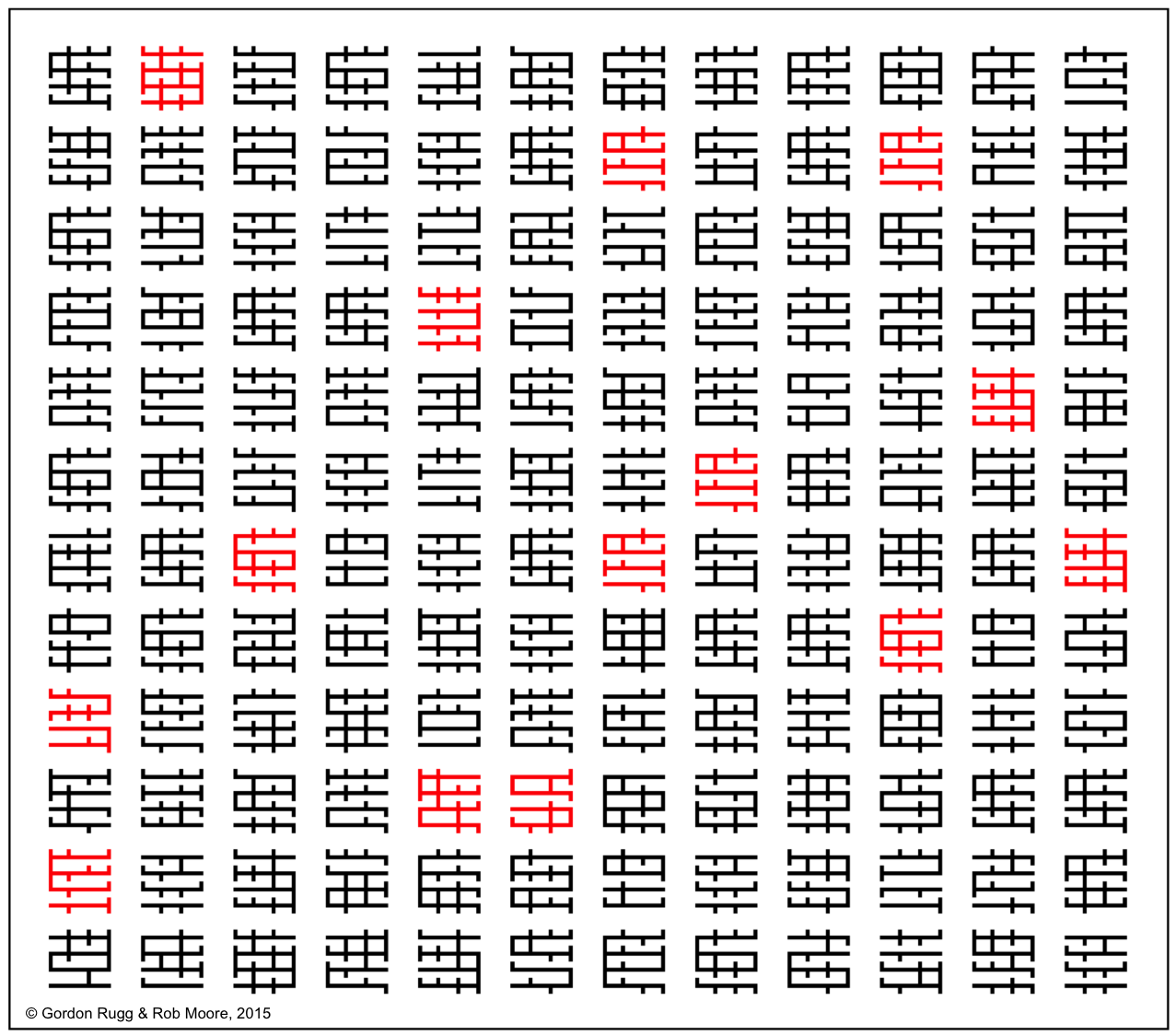
In 2005 Keele University computer scientist Gordon Rugg published two ciphers to the web.
The first is called the Penitentia Manuscript. The image above is only one panel; you can view and download the whole thing here. Rugg’s website provides one clue: “Most modern codes are based on a shared set of underlying assumptions. He wondered what would happen if you deliberately ignored those assumptions. What sorts of code might that produce?” There’s some more info here.
The second cipher, called the Ricardus Manuscript, was inspired by Rugg’s work on another famous puzzle: “When Gordon was working on the Voynich Manuscript, he started wondering what a real code based on the components of the Voynich Manuscript would look like. This code is the result.” Again, the image below is only a sample; you can find the whole thing here. More info here.
Both of these ciphers have been freely available on the web for more than 10 years, and both remain unsolved. Any takers?
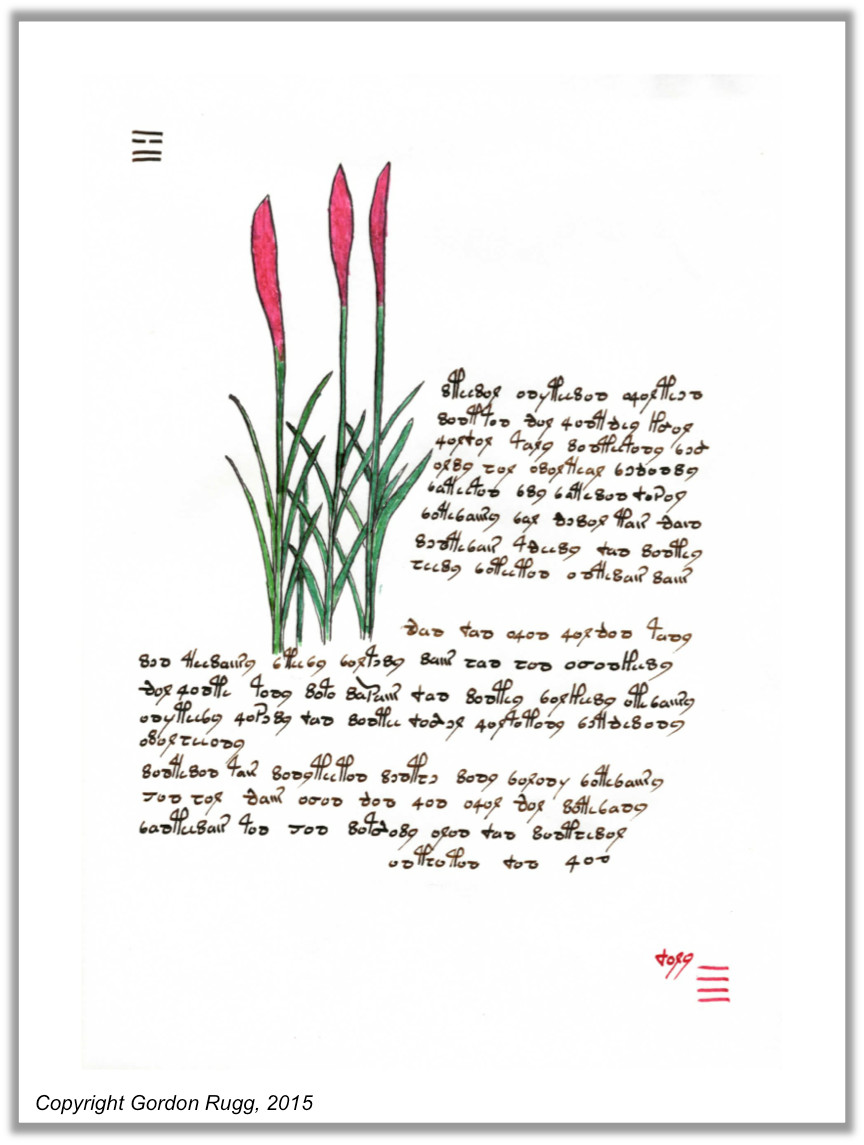
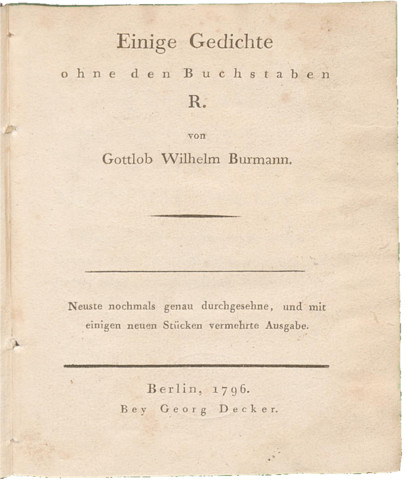
A number of German writers intentionally suppressed the letter ‘r’ (as did also a fair number of Italians), of whom the eighteenth-century German poet Gottlob Burmann (1737-1805) is perhaps the most amusing: he is reported to have hated the letter ‘r’ to such an extent that in 130 poems he never used it and refused to pronounce his own last name.
— Laurence de Looze, The Letter & the Cosmos, 2016